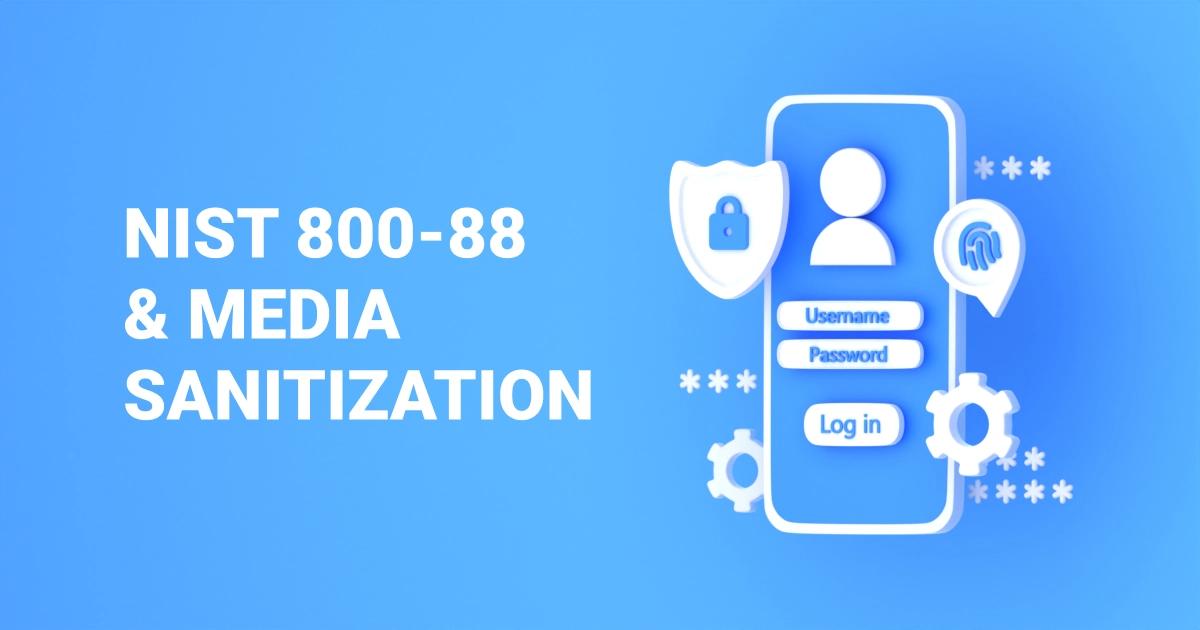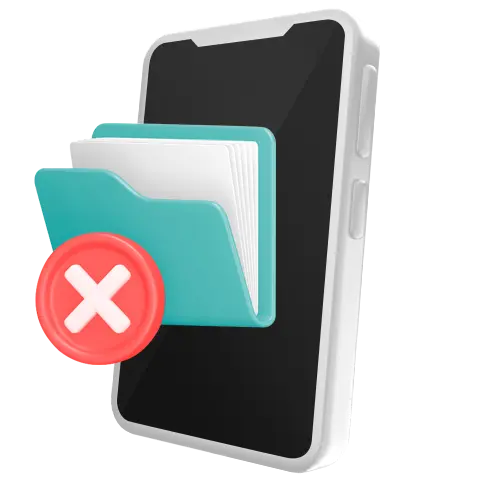All too often, sensitive data remains on devices even after they have been discarded or repurposed. To combat this issue, the National Institute for Standards and Technology (NIST) has developed the NIST 800-88 guidelines. These guidelines ensure that data is securely and irreversibly removed from storage devices, maintaining data confidentiality. In this blog post, we will explore the intricacies of NIST 800-88 guidelines, discuss the importance of media sanitization, examine the three primary data destruction techniques, and share best practices for implementing these guidelines.
What are the NIST 800-88 Guidelines?
NIST 800-88 standards were originally published in 2006 and revised in 2012. These guidelines provide a comprehensive approach to media sanitization techniques for various storage devices, ensuring confidentiality, especially when handling sensitive target data.
What is Media Sanitization?
Media sanitization refers to the process of irreversibly eradicating data from storage devices to protect against unauthorized access to confidential information. The goal of media sanitization is to prevent data breaches, data leaks, and unauthorized access to information, especially when electronic media or devices are being retired, recycled, sold, or otherwise disposed of.

What Problem Does NIST 800-88 Solve?
By implementing data sanitization practices, organizations can safeguard their sensitive information and reduce the risk of data breaches, thus ensuring compliance with NIST 800-88 guidelines. In cases where media sanitization is deemed infeasible, alternative data protection measures should be considered.
Adherence to NIST 800-88 guidelines enables organizations to choose sanitization methods that best fit their specific storage media and the level of data confidentiality. This, in turn, minimizes the risk of unauthorized access to sensitive information and helps maintain compliance with data protection regulations.
Let’s explore several factors that organizations should consider when implementing media sanitization techniques. Understanding these features is essential for selecting the most suitable sanitization method and ensuring the complete destruction of sensitive data.
Storage Media Types
Different storage media types, such as magnetic drives, SSDs, and tapes, require specific sanitization techniques to ensure complete data destruction.
For example, degaussing is an effective method for sanitizing magnetic storage devices, such as hard disk drives and magnetic tapes. However, degaussing is not suitable for flash-based storage devices, like SSDs, as they do not use magnetic fields to store data.
In such cases, NIST 800-88 guidelines recommend overwriting the data with agency-approved and certified data erasure techniques, methods & software.
Confidentiality Levels
Based on the determined confidentiality level, organizations can choose the most suitable sanitization method to ensure data security and compliance with NIST guidelines.
For example, the Clear method of media sanitization may be effective for storage devices containing less sensitive data, while the Purge method, which involves overwriting, block erase, and encryption techniques, is recommended for devices containing more confidential data. Considering the data confidentiality level enables organizations to select the most appropriate sanitization method, thereby ensuring complete destruction of sensitive data and maintaining compliance with NIST 800-88 guidelines.

What is meant by Clear, Purge, and Destroy?
NIST 800-88 guidelines outline three main sanitization techniques: Clear, Purge, and Destroy. Each method provides varying degrees of data destruction and is applicable to different storage media types.
The following sections will detail each of the primary sanitization techniques, exploring their differences and applicability to different storage media types:
NIST Clear
The Clear method of media sanitization is effective for storage devices such as:
- Floppy disks
- Disk drives
- ATA hard drives
- SCSI drives
- Flash media
It overwrites data with nonsensitive information, making it suitable for most storage media and providing a balance between data protection and media reuse. The Clear method protects against simple, noninvasive data recovery techniques or data scavenging tools, ensuring target data recovery remains a challenge.
However, the Clear method doesn’t address data found in hidden or inaccessible areas and is not suitable for extremely sensitive information. In such cases, organizations may need to consider other sanitization methods, such as Purge or Destroy, to ensure the complete and irreversible destruction of sensitive data.
NIST Purge
The Purge method of media sanitization provides a higher level of security for confidential data by rendering data recovery infeasible through techniques such as overwriting, block erase, and encryption. This method is particularly effective for storage devices containing sensitive information, as it employs physical or logical techniques that render data recovery using advanced laboratory techniques unfeasible.
NIST 800-88 guidelines recommend specific techniques for the Purge method, such as:
- Degaussing
- Overwrite
- Block erase
- Cryptographic erase
NIST Destroy
The Destroy method of media sanitization involves the physical destruction of the storage media, ensuring the highest level of data protection for highly sensitive information or irreparable devices. This method is particularly effective for eliminating the risk of unauthorized access to sensitive data, as it renders access impossible by making the storage media completely unusable.
However, the Destroy method has its drawbacks, such as the negative environmental impact and financial costs associated with destroying storage devices. Organizations should weigh the benefits and drawbacks of this method and consider alternative sanitization techniques, such as Clear or Purge, when appropriate.

Summary
As the digital landscape continues to evolve, it is more important than ever for organizations to prioritize data security and invest in robust media sanitization processes. By taking a proactive approach and implementing NIST 800-88 compliant data erasure solutions like NSYS Data Erasure, organizations can ensure the secure and irreversible removal of sensitive data from their storage devices and protect their valuable assets from unauthorized access.
Frequently Asked Questions
What is the NIST 800-88 standard?
NIST 800-88, also known as NIST SP 800-88, is a U.S. government document that provides robust methodological guidance for erasing data from storage media (media sanitization). Released by the National Institute of Standards and Technology, the guidelines are widely followed by the U.S. government and private companies to ensure that data found on storage media is irretrievable.
What are the three primary sanitization techniques detailed in NIST 800-88?
The three primary sanitization techniques detailed in NIST 800-88 are Clear, Purge, and Destroy.
How do I determine the appropriate sanitization method for my storage media?
To determine the appropriate sanitization method for storage media, assess the risks associated with data storage and disposal, taking into account data confidentiality levels and storage media types.








